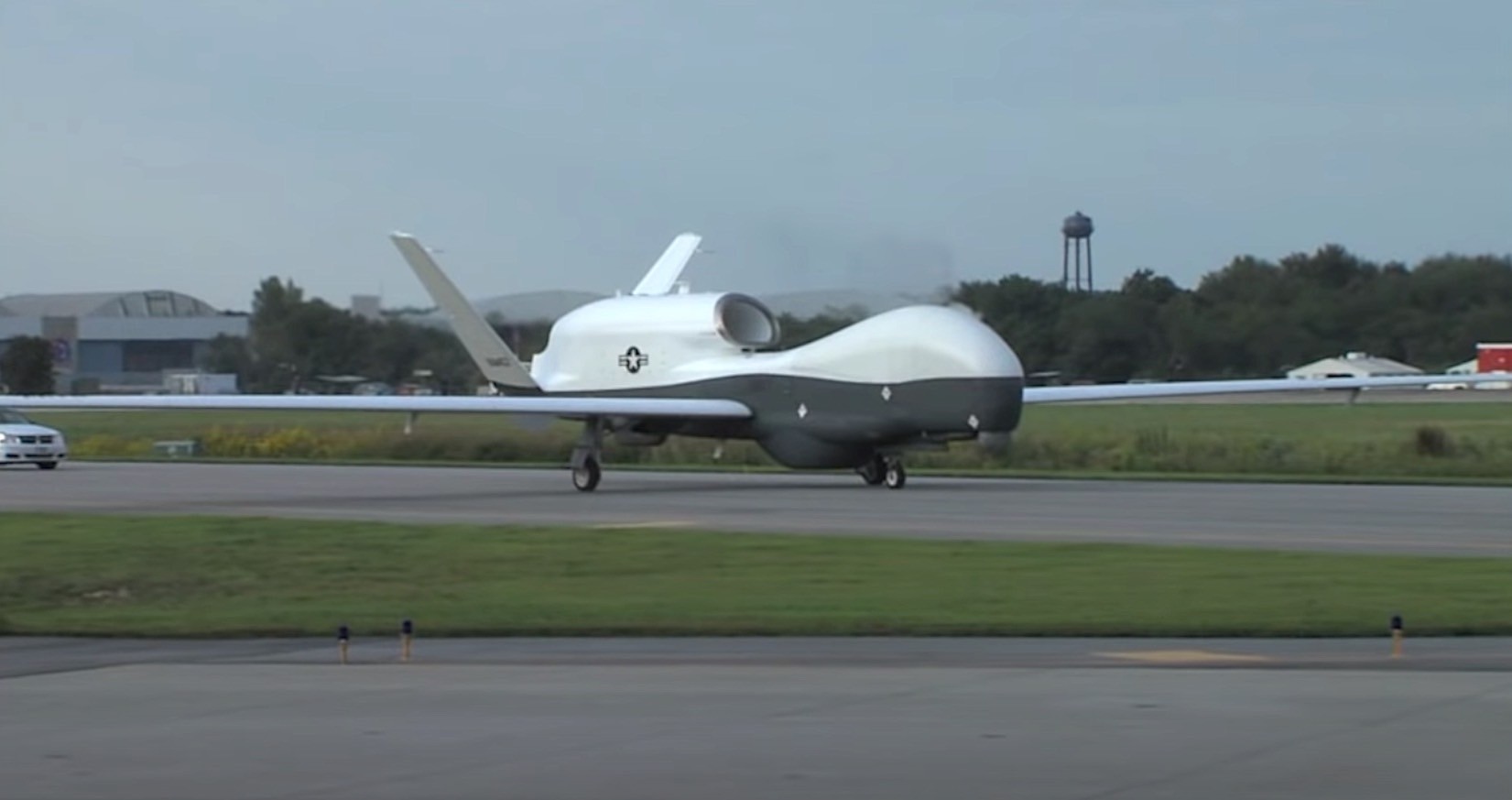The MQ-4C Triton, an autonomous drone capable of soaring over 50,000 feet for more than a day, has recently made a groundbreaking flight near the Arctic Circle. This feat marks a significant milestone for the drone, which was designed primarily for intelligence, surveillance, and reconnaissance (ISR) missions but can also be adapted for maritime patrol, signals intelligence, and search and rescue operations.
Developed by Northrop Grumman, the Triton is intended to serve the U.S. Navy and the Royal Australian Air Force. While the U.S. Navy has already integrated the drone into its Pacific Fleet and granted it initial operating capability, the Royal Australian Air Force is still awaiting the arrival of its first Triton.

This recent Arctic flight, conducted in extreme conditions of low temperatures, strong winds, and high seas, showcases the drone’s adaptability and potential for future missions in challenging environments. The Triton’s ability to operate in such harsh conditions demonstrates its resilience and reliability, making it a valuable asset for military and civilian applications.
The success of this Arctic flight could pave the way for future drone missions in even more remote and inhospitable regions. As drone technology advances, we can expect to see even more impressive feats from these unmanned aerial vehicles. The Triton’s flight near the Arctic Circle is a testament to the capabilities of modern drone technology and the potential for its continued development and application.
The North Pole test flight of the Triton drone was a significant milestone in its development. Beginning in Deadhorse, Alaska, the drone successfully navigated within 100 miles of the North Pole, demonstrating its robust capabilities in extreme conditions. Equipped with advanced de-icing and anti-icing systems, the Triton was able to withstand the challenging Arctic environment.
During the five-hour flight, various systems, including navigation, mission management, and operational flight programs, were thoroughly tested. The ground based GPS, crucial for accurate navigation, was also validated. This successful test flight paves the way for the Triton’s future operations from high-latitude runways.

Powered by a Rolls-Royce turbofan engine, the drone boasts impressive speed and range. With a top speed of 357 mph, the Triton can travel the distance between New York and Sydney in a single flight.
Its advanced sensors, including a 360 degree field of view and the ability to scan 4.6 million miles of space, provide unparalleled surveillance capabilities. The drone’s long endurance and ability to operate in harsh conditions make it a valuable asset for maritime surveillance and other critical missions.
Plans are underway to produce 70 of these drones, with each estimated to cost $618 million. The Triton’s development represents a significant investment in advanced technology and has the potential to revolutionize various industries. Its capabilities and versatility make it a game-changer in the field of unmanned aerial vehicles.

